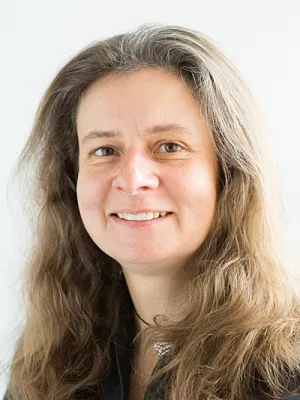
Juliana Dänhardt
Research coordinator

Population and subspecies differentiation in a high latitude breeding wader, the Common Ringed Plover Charadrius hiaticula
Author
Summary, in English
Exploring the patterns of genetic structure in the context of geographical and
phenotypic variation is important to understand the evolutionary processes
involved in speciation. We investigated population and subspecies differentiation
in the Common Ringed Plover Charadrius hiaticula, a high latitude wader that
breeds in arctic and temperate zones from northeast Canada across Eurasia to
the Russian Far East. Three subspecies, hiaticula, tundrae and psammo -
dromus, are currently widely recognised, whereas a fourth subspecies, kolymensis,
has been proposed based on geographic isolation and phenotypic
differences. We genotyped 173 samples from eleven Common Ringed Plover
breeding sites, representing all four putative subspecies, at eight polymorphic
microsatellite loci to examine the patterns of population and subspecies differentiation.
Bayesian clustering identified three genetic clusters among samples,
corresponding to the breeding sites of the three currently recognised sub -
species. The existence of the subspecies kolymensis was not supported. We
also detected the presence of a previously unknown hybridisation zone
extending from Northern Scandinavia to Belarus. Differentiation of the sub -
species tundrae and hiaticula most likely occurred in allopatry on the Eurasian
continent during past glaciation events, followed by population expansion
leading to colonisation of Iceland and Greenland. The lack of genetic differentiation
within the tundrae subspecies is consistent with ongoing range expansion
and high gene flow maintained through migratory behaviour. We discuss the
importance of historic climate changes, migratory behaviour and mating system
on shaping the observed pattern of genetic differentiation.
phenotypic variation is important to understand the evolutionary processes
involved in speciation. We investigated population and subspecies differentiation
in the Common Ringed Plover Charadrius hiaticula, a high latitude wader that
breeds in arctic and temperate zones from northeast Canada across Eurasia to
the Russian Far East. Three subspecies, hiaticula, tundrae and psammo -
dromus, are currently widely recognised, whereas a fourth subspecies, kolymensis,
has been proposed based on geographic isolation and phenotypic
differences. We genotyped 173 samples from eleven Common Ringed Plover
breeding sites, representing all four putative subspecies, at eight polymorphic
microsatellite loci to examine the patterns of population and subspecies differentiation.
Bayesian clustering identified three genetic clusters among samples,
corresponding to the breeding sites of the three currently recognised sub -
species. The existence of the subspecies kolymensis was not supported. We
also detected the presence of a previously unknown hybridisation zone
extending from Northern Scandinavia to Belarus. Differentiation of the sub -
species tundrae and hiaticula most likely occurred in allopatry on the Eurasian
continent during past glaciation events, followed by population expansion
leading to colonisation of Iceland and Greenland. The lack of genetic differentiation
within the tundrae subspecies is consistent with ongoing range expansion
and high gene flow maintained through migratory behaviour. We discuss the
importance of historic climate changes, migratory behaviour and mating system
on shaping the observed pattern of genetic differentiation.
Department/s
- Centre for Environmental and Climate Science (CEC)
Publishing year
2018-10-01
Language
English
Pages
163-176
Publication/Series
Ardea
Volume
106
Issue
2
Document type
Journal article
Publisher
Nederlandse Ornithologische Unie
Topic
- Evolutionary Biology
Keywords
- subspecies delineation
- population differentiation
- microsatellites
- Charadrius
Status
Published
ISBN/ISSN/Other
- ISSN: 0373-2266